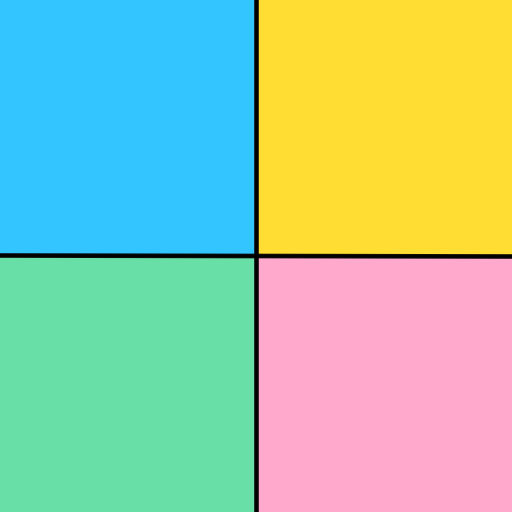This shows how you can take your picture cards to the next level, with tips on getting the best photos, using Boardlet layouts, and laminating. The aim is to make your cards as clear as possible for your child to recognise.
Characteristics of a high quality photo
- One subject: It should be clear what your card is describing, so avoid having more than one object in view. For example, if you want a photo of an apple, take it out of the fruit bowl to avoid anything else accidentally getting in the photo.
- Minimal background: A white background is best because strong a dominant background colour could create an association with a particular objects, and that becomes confusing where the same colour is used with another meaning.
Where to source photos
You have two choices: use your own photos or search the internet. Boardlet can use any photo that’s available on your iPhone or iPad library.
If you’ve found a photo on the internet, you first need to add it to your library so It’s available to select through Beardless. The most common way to do this is to find the photo in your web browser, long press the photo, and then tap Save to Photos.
Layout
Just like Goldilocks there’s a sweet spot for the ideal picture card size. When getting started it’s better for your child to have slightly larger sizes, whereas experienced users can cope with smaller cards. If you’re working with A4 or Letter paper then a layout of 3×3 may be good for a beginner, and 3×4 for a more experienced user.
Laminating
Laminating your cards will keep them more resilient to wear-and-tear, and has the added benefit of making them waterproof.
- Large laminating pouches: Most people have A4 or Letter sized laminating pouches. Don’t be tempted to laminate the entire page if you’re going to cut it up later because the individual cards will fall out. Instead, you will need to cut out the cards and lay them out inside the laminating pouch with a little space in-between.
- Small laminating pouches: A better option is to buy smaller laminating pouches. You can then cut out your cards and put them individually into each laminating pouch.
Storage
A collection of plastic wallets can be useful to store your spare PECS cards when not in use. Small sized wallets are available to match the PECS cards themselves. One idea is to have a wallet for each topic, for example:

- Food and Drink
- Toys
- Activities and Routines
An additional Out-and-About folder that contains a few duplicates can be useful to carry around when away from home.